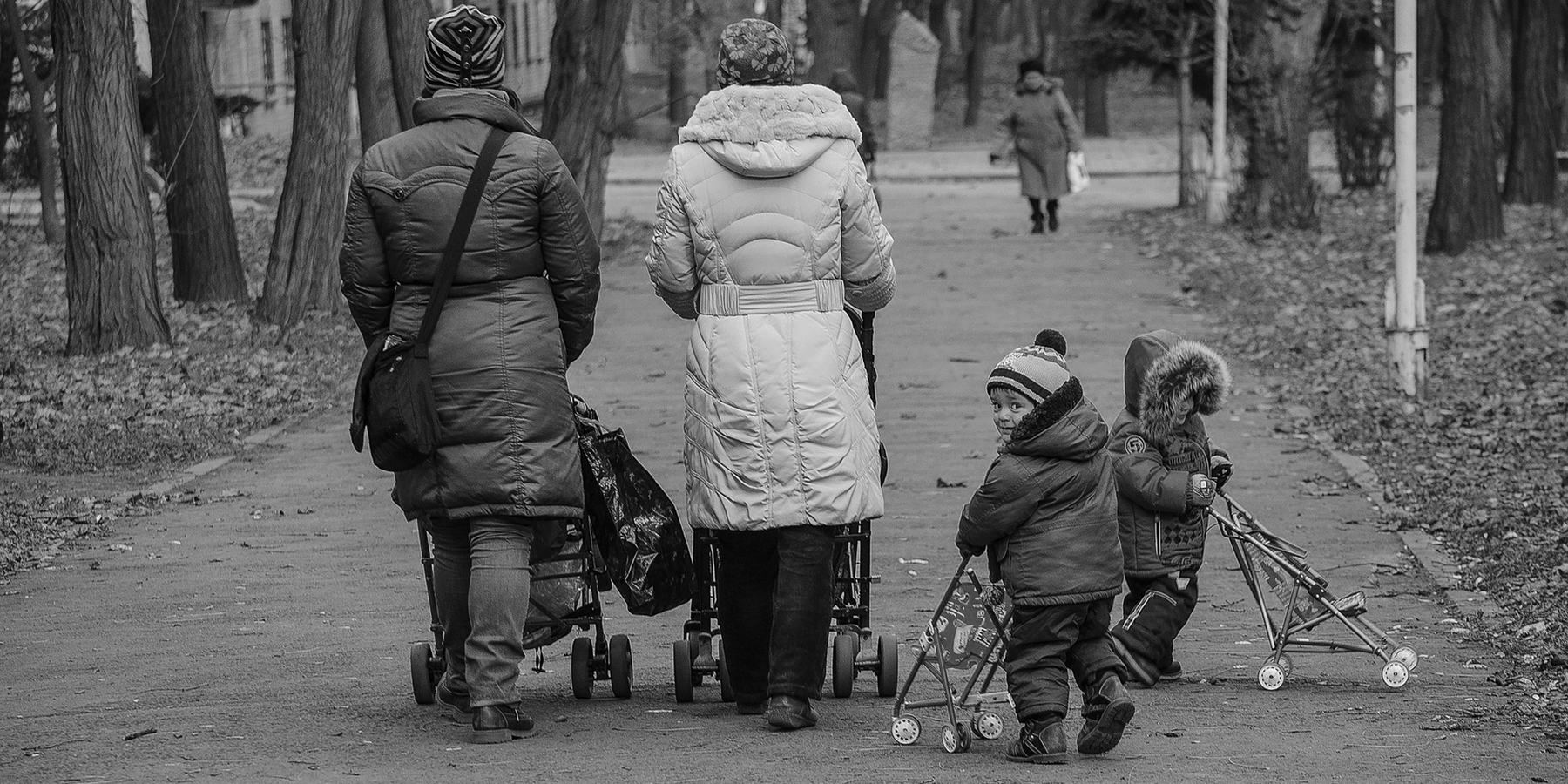Get updates from The Developer straight to your inbox Yes, please!
Better places are for everyone
When it comes to future cities, there’s too much talk of drones, and not enough about things that truly matter

I have spoken at two transport conferences in the past month about more inclusive cities, addressing top-tier executives from government transport agencies, the private sector and local authorities.
As the sole female speaker on stage addressing the four-fifths male audience, I explored the user experience of London from the perspective of a busy working mum, demonstrating the risky business of getting pushchairs on the London Underground by performing the death-defying escalator dangle (hint, Transport for London: more platform lifts, please).
But I failed to hide my shock that the people designing our cities and their infrastructure, from cycling to public transport, don’t even live in the city.
Urban dwellers represented less than 10% of the audience, by a show of hands. When I asked for mothers in the city, I found just one. No wonder the table-talk was centred more on traffic and train delays than lifts, loos, busses, air pollution and safer streets.
Yet, suddenly it all made sense, too. The current mess and inaccessibility of it; the continued dominance of the car; the preference for commuter routes over investment to better connected neighbourhoods; and the nauseating talks from transport officials on the promise of traffic-free commutes in drones, instead of addressing the urgent problem of 40,000 more cars on the roads in London and falling ridership on the Tube and busses.
At my table, one attendee boasted that he had recently moved with his family to the country but was still planning for city centres. “Isn’t that funny?” he joked. "I don’t like the city any more, but I’m still making it for other people."
“We need to improve usability for people who aren’t young, fit, affluent and child-free”
What I tried to impress upon the commuter-class audience was that the industry had better get a grip on the challenges of urban family living, and fast.
More than half of millennials are now parents, and they are the first generation to choose city-centre living to raise their families. And if your city isn’t liveable or child-friendly enough, they won’t move to the suburbs, they’ll just choose a different city – and bring their start-ups with them.
No surprise, then, that millennials named child-friendly Bristol as their favourite UK city in a GoCompare study. As the origin of the ‘Play Streets’ movement, and one of the first to adopt the child-friendly city ethos, Bristol has made a virtue of family-friendliness. This way it can attract young professionals with families looking for a different pace, with all the pleasures of urban life.
Leeds is another city adopting the child-friendly approach. I attended a round table of child-centred designers, advocates and academics last week, and was struck by Leeds City Council’s focus on consulting with kids about future projects.
I can’t count the number of people who’ve asked me, since having kids, when I’m going to leave the city. But why shouldn’t families live in the centre? The schools are better; healthcare is better; job opportunities, particularly for women, are better; and you don’t spend half your life commuting.
In my talk, I shared statistics on how UK cities were becoming anti-social – did you know that nearly a quarter of public toilets have disappeared since the turn of the century? Where do you go, then, when you to go? You buy coffee just to eliminate it.
To make a world-class city, the UK needs to dramatically improve usability for people who aren’t young, fit, affluent and child-free. Not only do we have families that wish to live downtown, but an ageing population will be easier to care for, if they live near the services they require.
I hope the suburb-dwelling officials have the imagination and empathy required to design better cities for people who actually live there. But they must also seek out different viewpoints and voices to stay relevant.
As I prepared to leave, one of the delegates approached me to say how much they enjoyed my talk. “It brought me back. We’ve all been through it,” he said, shaking my hand. “Rest assured, it will get easier,” he added. “Your kids will grow up.”
I left, concerned by just how much he’d missed the point.
It’s the time of year for resolutions and fresh starts. Next year, shall we make better places, not just for ourselves or the ideal tenant, but for everyone?
Sign up to our newsletter
Get updates from The Developer straight to your inbox
Thanks to our organisation members
Become a member
© Festival of Place - Tweak Ltd., 124 City Road, London, EC1V 2NX. Tel: 020 3326 7238

